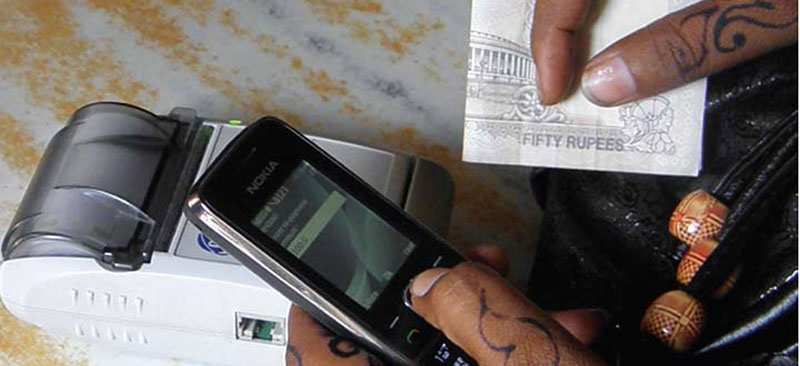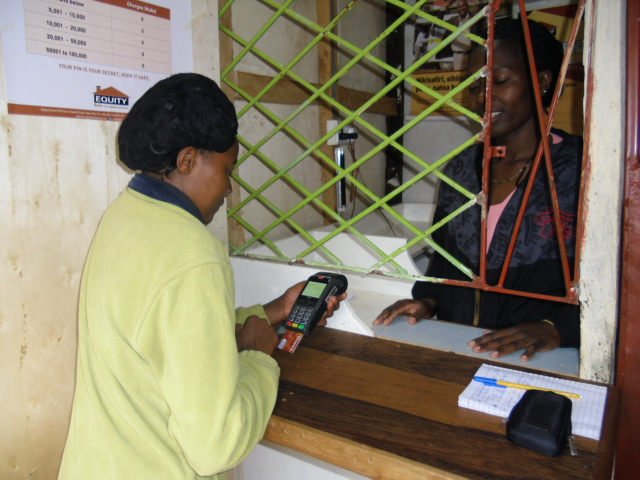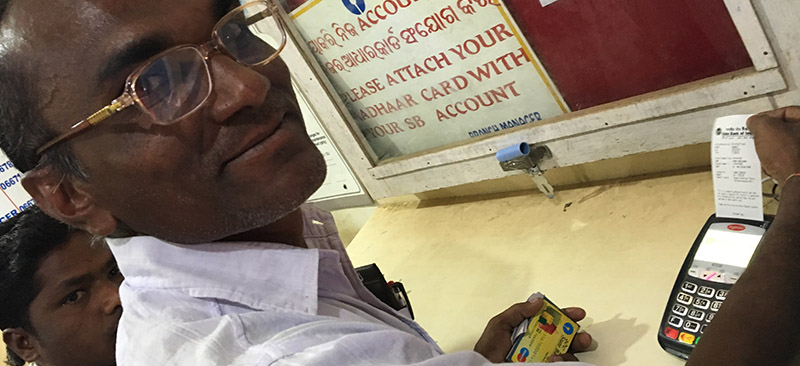The E/M-Banking Booklet – Volume III is the seventh publication under the Optimising Performance and Efficiency (OPE) Series. The OPE Series brings together key insights and ideas on specific topics, with clear objective of providing microfinance practitioners with practical and actionable advice.
In response to repeated demands from practitioners, MicroSave has developed this third compendium of brief publications on e/m-banking. This compendium mines MicroSave’s rich experience including the acclaimed analysis of dormancy in India no frills accounts and Indian households’ willingness to pay for agent-based financial services, as well as the recent analysis of the role of M-PESA in the landscape of Kenya.





